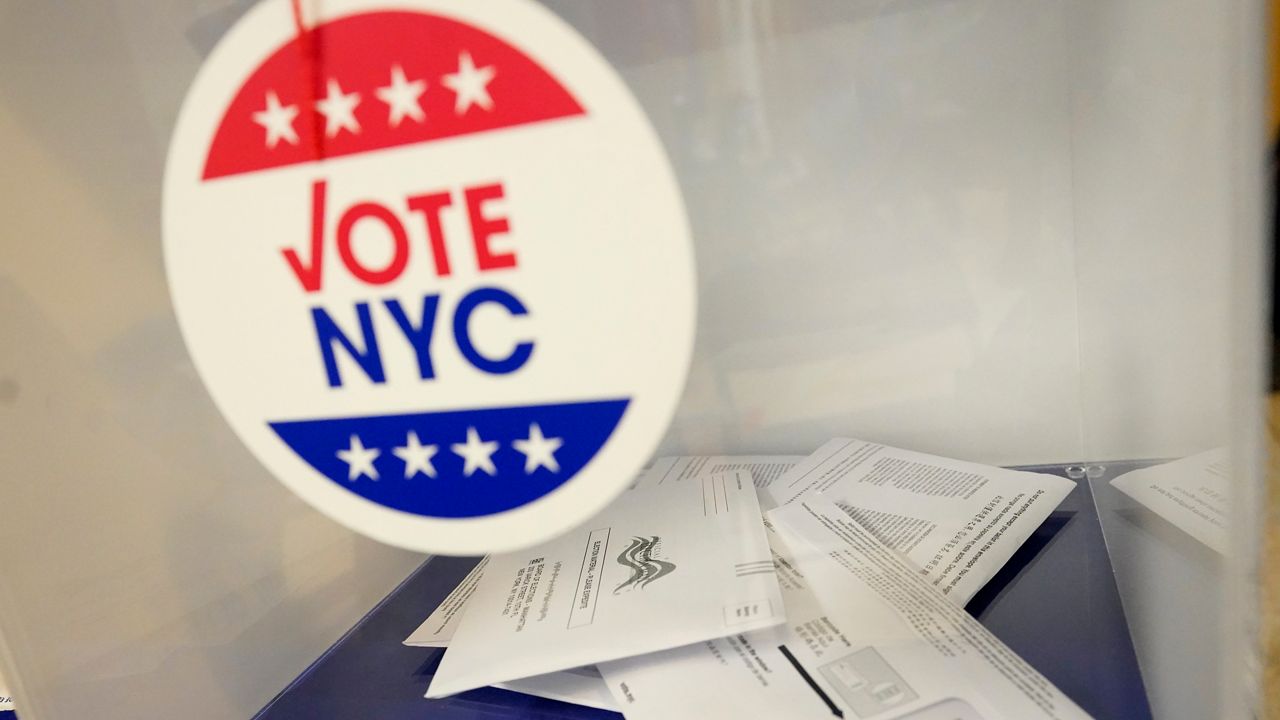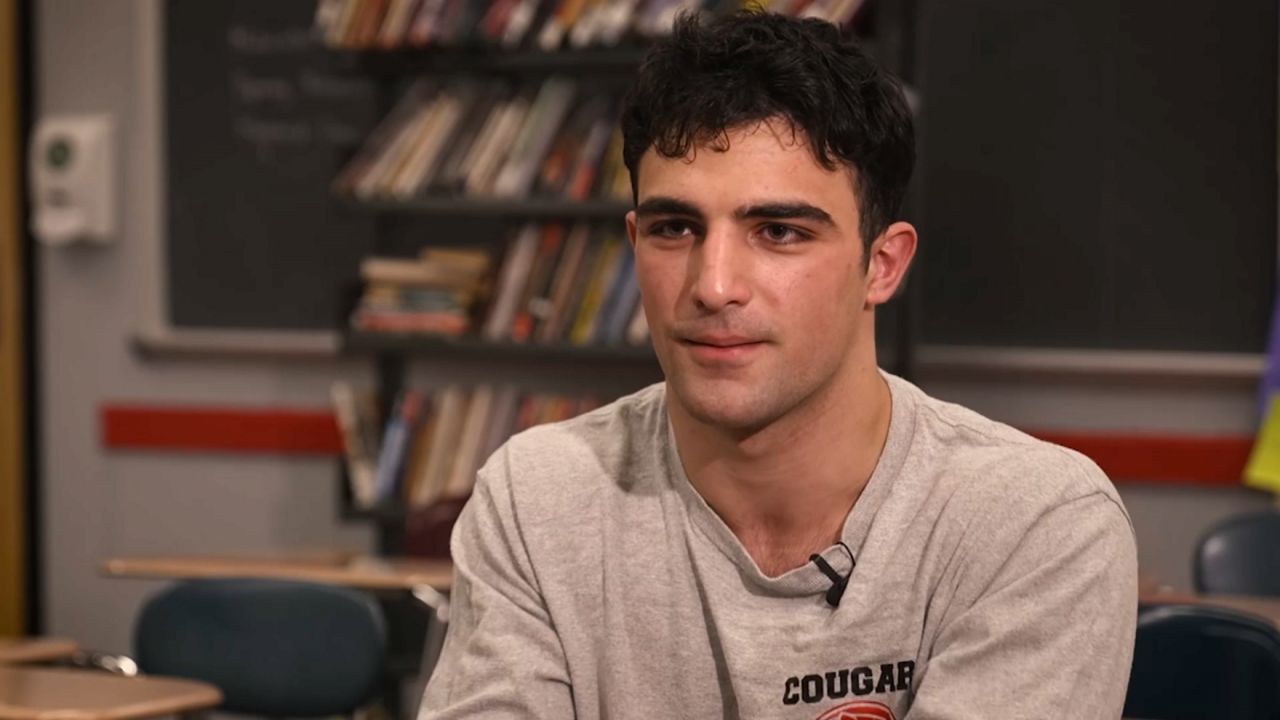Shipping containers have turned into a kind of oyster farm at the Red Hook Terminals, which is the result of a new partnership between the Billion Oyster Project and the Brooklyn container port that could help restore about 100 million oysters in New York Harbor a year.
"This could be a game changer and getting to that one billion by 2035," says Assistant Director of Restoration Danielle Bissett.
The Billion Oyster Project seeks to bring oysters back into the Harbor after they were nearly extinct. Their restoration improves water quality and revives marine habitats. The collaboration in Red Hook seeks to dramatically increase the process.
Discarded oyster shells collected from restaurants are placed in steel structures called gabions. They're lowered into retrofitted shipping containers filled with 9,000 gallons of temperature-controlled harbor water. Then, milllions of oyster larvae will soon be added in.
"We'll dump the larvae in," says Bissett. "They'll swim around for three days and try to set to the shell. Then after three days, we'll keep an eye out and start looking for that set larvae, and once they set, they're called spat."
The goal is for each spat is to grow into an oyster. The same process has been done at the organization's lab on Governors Island for years. But the capacity here is five times greater.
"We have much larger tanks, and the tanks themselves can be physically placed on a barge," says Billion Oyster Project Executive Director Pete Malinowski. "And that dramatically increases our capacity to restore oysters and the flexibility for deployment."
After 10 days, the giant tanks will be shipped to a spot in a local waterway, where the young oysters will be dumped and, hopefully, attach to each other, expand the reef and grow.
In addition to the space, Red Hook Terminals provides the labor and the electricity.
"It's a natural for industry and environmental groups to give back, to work with one another," says Red Hook Terminals GM Del Bobish. "A lot of people say that can't be done, but it can be done. It can be done and it's working well."
The Red Hook facility can only be used in the warmer months. But even in those few months, the Billion Oyster Project says it can support 50 million larvae at once.
"We are working from the bottom up and building this ecosystem that wouldn't exist without oysters," Bissett says.
When these oyster larvae are set, they'll be headed to a reef growing at the mouth of the Bronx River.





_CC_PKG_Manufacturers_Tariffs_133971722_389)

